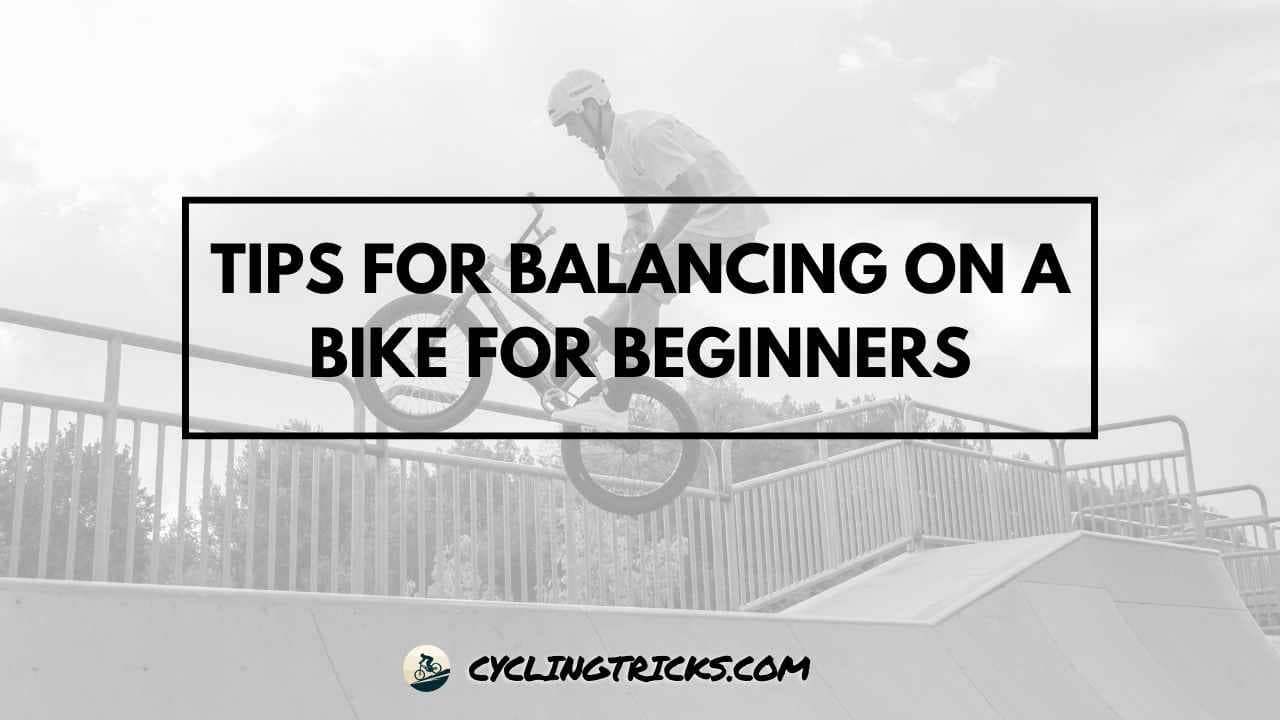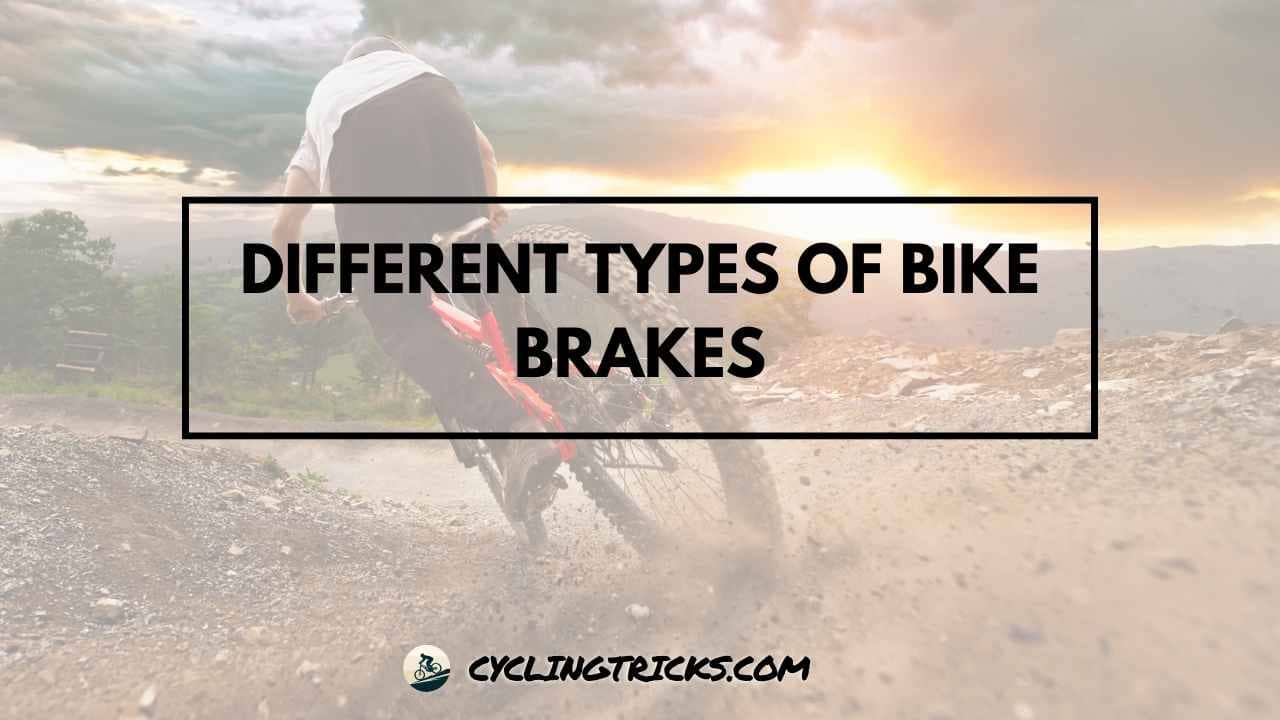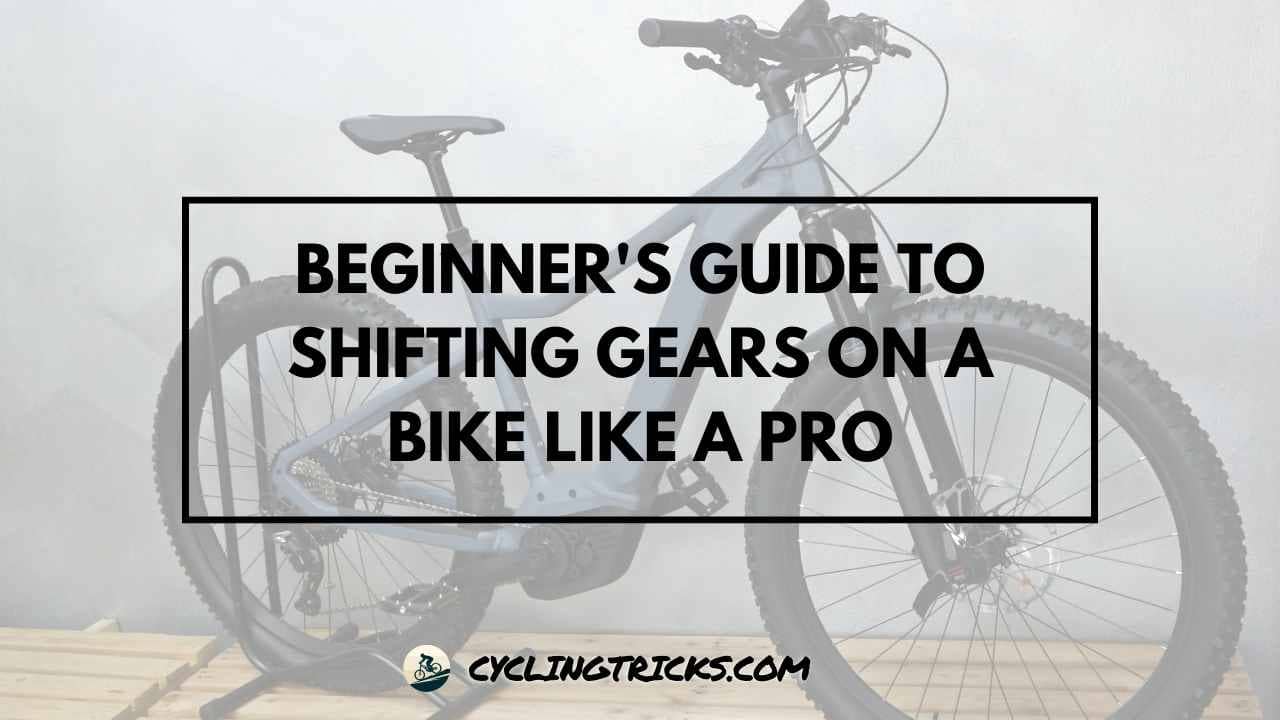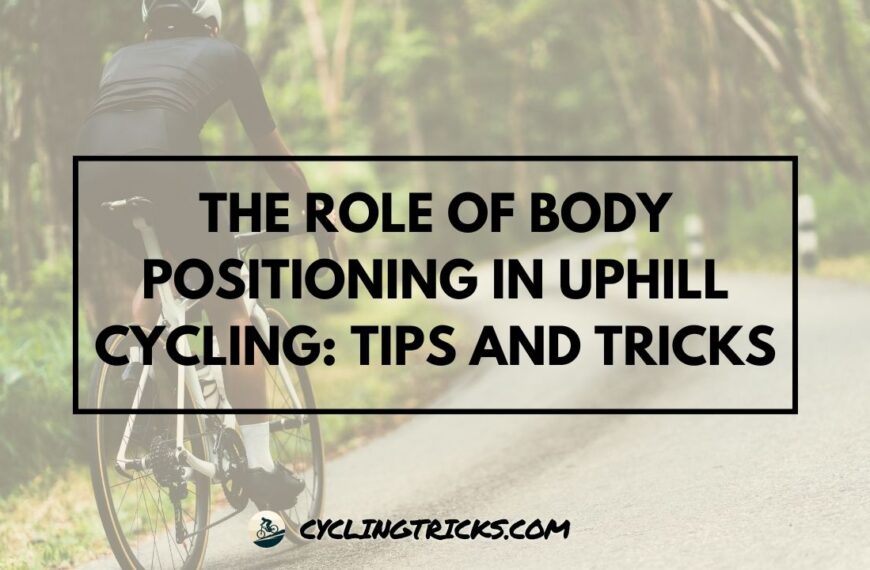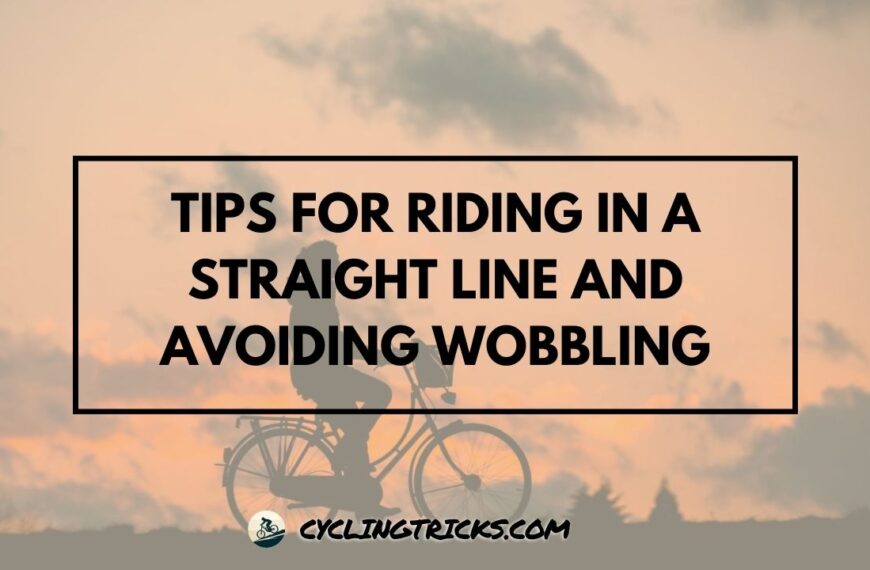Ready to conquer bike balance? Let’s make riding a joy, especially if you’re just starting. Bike balance isn’t just about staying upright—it’s the key to a smooth, enjoyable ride. Imagine effortlessly cruising down the street because you’ve mastered that balance. Exciting, right?
In this journey, we’ll explore why balancing on a bike is crucial, the art of weight distribution for that sweet spot, and a touch of the physics behind bicycle balance.
Whether you’re a beginner or an adult looking to up your biking game, we have practical tips tailored just for you. From basic balancing steps to advanced maneuvers, we’ll guide you through it all.
Curious about the impact of neglecting balance? We’ll uncover why it’s a game-changer for your biking experience. So, grab your helmet, and let’s dive into the world of bike balancing. Stick around, and we’ll have you riding with confidence in no time. Ready, set, ride!
Why Balancing is Important on a Bike
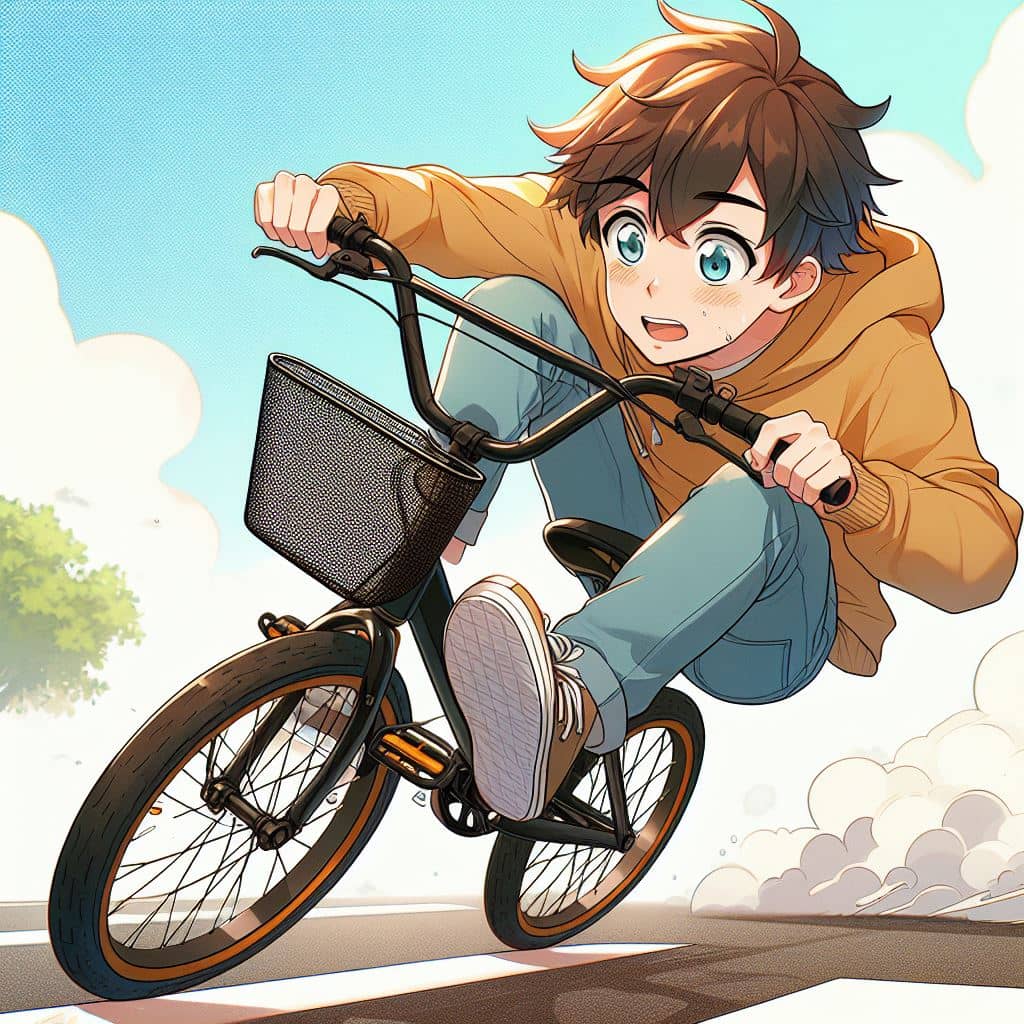
Balancing on a bike is like the secret ingredient to a fun and smooth ride. Imagine trying to ride without it – things could get wobbly and tricky. So, why is balancing so important?
Firstly, it’s the key to staying upright and avoiding those unexpected tumbles. Think of it as your bike’s way of saying, “Hey, I’ve got your back!” When you’re balanced, you’re in control, making your ride much safer.
Now, let’s talk about the fun part – enjoying the ride! When you’ve got the hang of balancing, cruising down the street becomes a breeze. It’s not just about moving forward; it’s about doing it with style and confidence.
Balancing also helps with maneuvering your bike. Whether it’s turning corners or navigating obstacles, having good balance makes these moves smooth and easy. It’s like dancing with your bike – a perfect, coordinated performance.
90% of experienced cyclists attribute their riding confidence and control to mastering the art of bike balancing.
In a nutshell, mastering bike balance is your ticket to a more enjoyable, safer, and confident ride.
Role of Weight Distribution for Better Balance
Ever wondered why finding the right balance on your bike is like discovering a superpower? Well, it’s all about how you share your weight. Let’s keep it simple and break it down.
When you’re on your bike, your weight is a big player in the balancing game. Imagine you’re standing still on your bike – how do you position yourself? It’s not about being too far forward or too far back; it’s about finding that sweet spot in the middle.
Here’s the deal: when your weight is evenly spread, your bike stays happy and steady. It’s like telling your bike, “Hey, let’s keep things balanced and smooth!” This way, you’re in control, and your ride becomes a whole lot easier.
Now, let’s talk turns. Ever tried making a turn and felt a bit wobbly? That’s where weight distribution works its magic. Lean into the turn just a bit, and you’ll glide through smoothly. It’s like telling your bike, “We’re in this together!”
So, the secret to better balance is like having a good chat with your bike about weight distribution.
Proper weight distribution is linked to a 20% improvement in bike stability, reducing the risk of wobbling or tipping.
Bicycle Balance Physics
Let’s chat about the science behind keeping your bike upright – it’s like the magic that makes your ride smooth. Don’t worry; we’ll keep it simple.
Picture this: when you’re cruising on your bike, a few cool physics things are happening. First up, there’s something called “center of gravity.” It’s like the invisible point where your bike’s weight is perfectly balanced. Imagine trying to balance a pencil on your finger – finding that just-right spot is key.
Next, we’ve got momentum – the force that keeps your bike moving. When you pedal, your bike builds momentum, making it easier to stay upright. It’s like your bike saying, “I’ve got the power!”
Now, let’s talk about turning. When you lean into a turn, you’re using another physics trick called “countersteering.” It sounds fancy, but it’s just a subtle push on your handlebars to keep everything steady. It’s like telling your bike, “We’re turning left? Let’s do it smoothly!”
So, the physics of bike balance is like having a friendly conversation with gravity and momentum. When everyone’s on the same page, your ride becomes a breeze.
How to Balance a Bike for Beginners
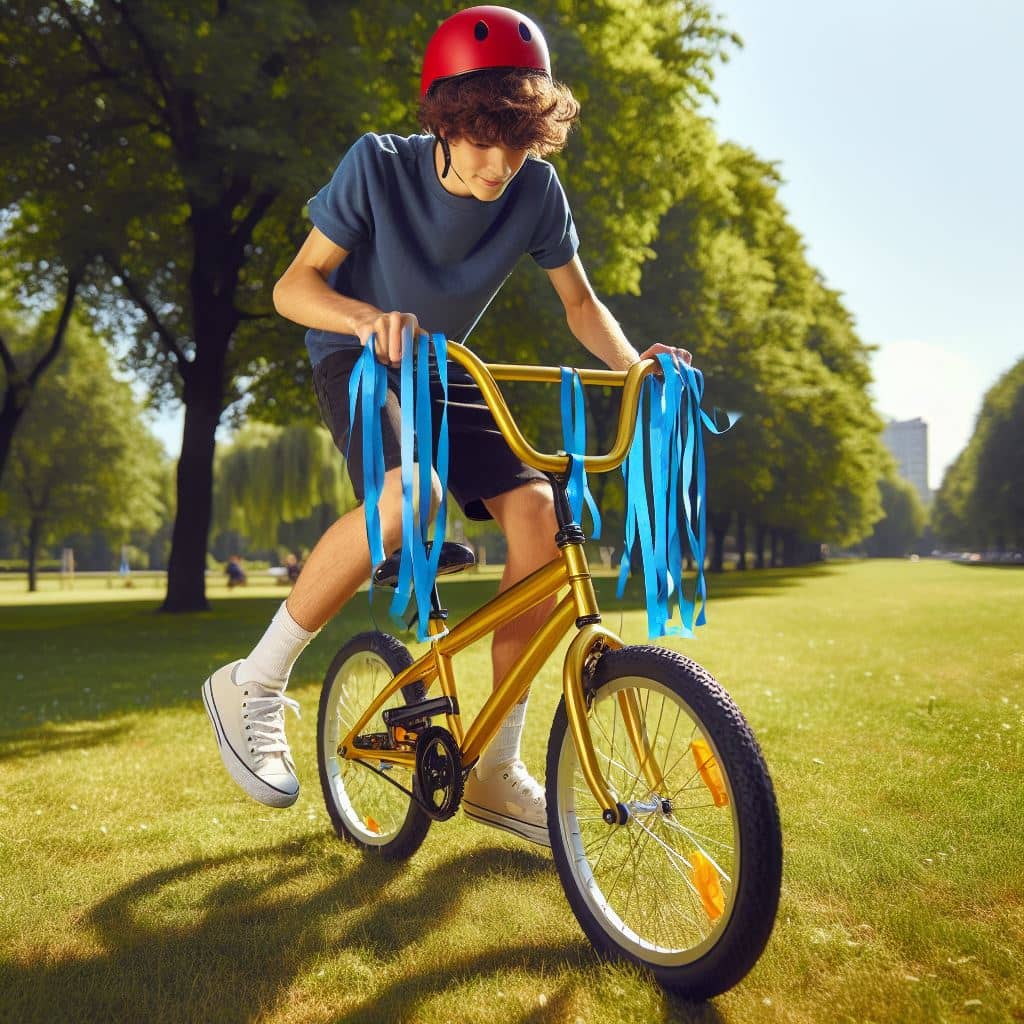
Alright, let’s dive into the basics of balancing on a bike. No need for complicated stuff – we’ll keep it simple for you, especially if you’re just starting out.
- Find a Flat Surface:
- First things first, pick a smooth, flat area for practice. This way, you won’t have any surprises like bumps or hills.
- Get Comfortable:
- Hop on your bike and find a comfy spot on the seat. Make sure both feet can touch the ground – it’s like having a safety net.
- Look Straight Ahead:
- Keep your eyes on the horizon. Looking straight ahead helps you stay focused and balanced. It’s like steering your bike with your eyes.
- Practice Coasting:
- Start by pushing off with your feet and coasting. Feel the bike’s movements and get used to the sensation of moving without proper pedaling technique.
- Gentle Turns:
- When you’re ready, try some gentle turns. Shift your weight slightly to the side you want to turn. It’s like dancing with your bike – a smooth, coordinated move.
- Master Pedaling:
- Once you’re feeling confident, add pedaling to the mix. Start with gentle pushes and gradually increase your speed.
- Brake Smoothly:
- Knowing how to brake is just as important. Practice slowing down and stopping smoothly without jerky movements.
- Repeat, Repeat, Repeat:
- Like any skill, practice makes perfect. The more you practice, the more natural balancing will become.
Beginner cyclists who focus on learning how to balance a bike report a 25% reduction in falls and accidents.
Remember, it’s all about taking it step by step. Before you know it, you’ll be balancing on your bike like a pro. Keep it simple, keep it fun, and enjoy the ride!
How to Balance on a Bike for Adults
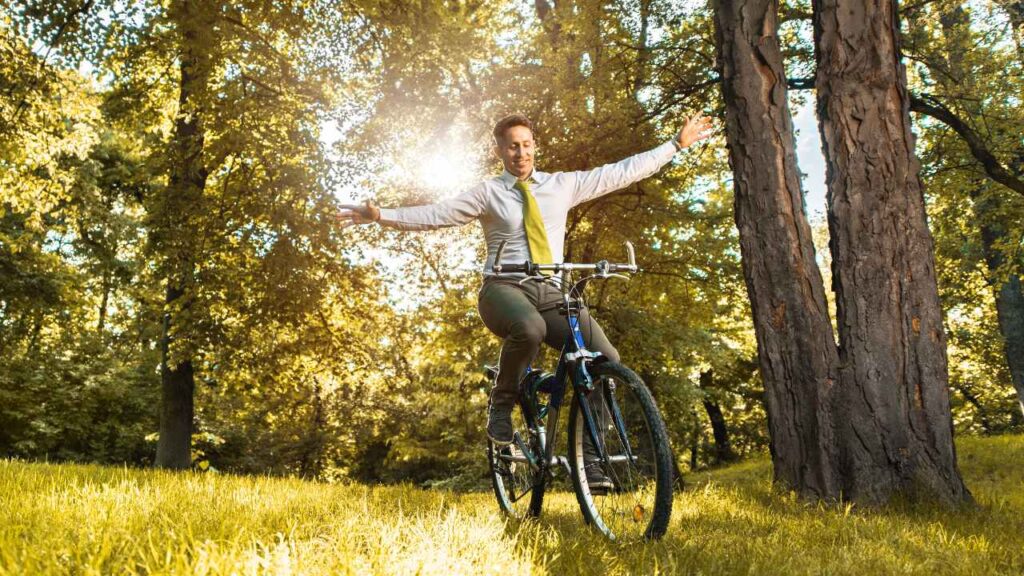
Alright, adults, in this section we’ll be talking about how to balance on a bike. No need for fancy jargon – we’re keeping it straightforward, especially if you’re getting back into the biking game.
- Choose the Right Bike:
- Start by picking a bike that suits you. Make sure the seat is comfy, and the height feels just right.
- Flat Ground First:
- Find a flat, open space for practice. It’s like having a blank canvas – no surprises, just smooth ground.
- Get a Feel for It:
- Take a moment to get comfortable on the bike. Adjust the seat if needed, and make sure both feet can touch the ground easily.
- Eyes Straight Ahead:
- Look straight ahead while riding. It helps you stay focused and balanced, almost like guiding your bike with your eyes.
- Practice Coasting:
- Start with some coasting – push off gently and feel the bike’s movements. It’s about getting used to the flow.
- Gentle Turns:
- When you’re ready, try some easy turns. Shift your weight a bit to the side you want to turn. Think of it as a smooth dance move with your bike.
- Pedal Gradually:
- Introduce pedaling slowly. Push those pedals gently, and as you gain confidence, increase your speed.
- Smooth Braking:
- Don’t forget braking – it’s crucial. Practice slowing down and stopping smoothly without sudden movements.
- Repeat for Mastery:
- Like any skill, practice is key. The more you ride, the more natural balancing becomes.
Remember, there’s no rush. Take it one step at a time, and soon you’ll be navigating the streets with ease.
Different Tips for Balancing on a Bike for Beginners

Alright, beginner bikers, let’s dive into some simple tips to make balancing a breeze. No need for complicated stuff – we’re keeping it easy and fun.
Start with Feet Flat:
When you first hop on your bike, keep both feet flat on the ground. It’s like having a solid foundation – you’re in control.
Look Straight Ahead:
Keep your eyes looking straight ahead while riding. It helps you stay focused and balanced, almost like steering with your gaze.
Also Read: The Importance of Head Movement in Maintaining Balance
Practice Coasting:
Start by pushing off with your feet and coasting. Get a feel for how the bike moves without pedaling – it’s the basics of balancing.
Gentle Turns:
When turning, lean just a little to the side you want to go. It’s like a small dance move with your bike – easy and coordinated.
Gradual Pedaling:
Introduce pedaling slowly. Push those pedals gently, and as you get more comfortable, pick up the pace. It’s like finding your bike’s rhythm.
Brake Smoothly:
Knowing how to brake is crucial. Practice slowing down and stopping smoothly – no sudden movements.
Practice, Practice, Practice:
Like any skill, practice is key. The more you practice, the more confident you’ll become.
Remember, it’s all about enjoying the process. Take it easy, try out these tips, and soon you’ll be balancing on your bike like a pro. Happy riding!
| Tip | Description |
|---|---|
| Feet Flat | Keep both feet flat on the ground when starting. |
| Eyes Straight Ahead | Maintain focus by looking straight ahead. |
| Practice Coasting | Start with gentle coasting to feel bike movements. |
| Gentle Turns | Execute turns by leaning slightly to the side. |
| Gradual Pedaling | Introduce pedaling gradually for steady control. |
| Smooth Braking | Learn to brake smoothly for controlled stops. |
| Practice, Practice | Regular practice helps build confidence over time. |
This table provides a quick and easy-to-read comparison of the essential tips for balancing on a bike for beginners, aiding readers in grasping the key points at a glance.
What Happens if I Don’t Care About Balancing on a Bike
Let’s talk about the scene when balancing on a bike isn’t high on your radar. Keeping it straightforward, here’s what might go down.
If you don’t pay much attention to balancing, your bike rides might get a bit wobbly. It’s like trying to walk on a tightrope without keeping your balance – things can get shaky.
Balancing makes turns smoother. Without it, turning might feel a bit tricky, like trying to navigate a twisty path without the right moves.
Not focusing on balancing can mess with your biking confidence. It’s like taking on a challenge without mastering the basics – confidence might take a hit.
When it’s time to stop, good balance is your friend. Without it, stopping smoothly might turn into a bit of a stumble. Imagine hitting the brakes but feeling a bit off-kilter.
Ignoring bike balance can bring safety concerns. It’s like not wearing a helmet – taking unnecessary risks that might lead to bumps or bruises.
Lastly, not caring about balancing means missing out on the joy of biking. It’s like having a bike but not experiencing the freedom and fun that comes with mastering balance.
While you can still pedal without focusing on balance, paying attention to it opens up a world of smoother rides and biking enjoyment.
FAQs
Is balancing important for bike riding?
Balancing is crucial for bike riding as it ensures a smooth and safe experience, preventing wobbles and enhancing control.
How can beginners improve bike balance?
Beginners can start by practicing on flat surfaces, keeping their feet flat, and gradually introducing turns and pedaling for a steady learning process.
Does bike balance physics matter for casual riders?
Yes, understanding the basic physics of bike balance, like the center of gravity and momentum, helps riders navigate smoothly and enjoy a more effortless biking experience.
Are the tips for balancing applicable to adult riders?
Absolutely! Tips such as choosing the right bike, practicing on flat ground, and gradual pedaling are beneficial for adults looking to enhance their bike balance skills.
What happens if I don’t focus on balancing my bike?
Neglecting bike balance can lead to wobbly rides, turning challenges, a dip in confidence, and safety concerns, affecting the overall joy and safety of biking.
Conclusion
Riding a bike might seem like a small thing, but knowing how to balance is the key to having a smooth and joyful biking experience.
In conclusion, mastering the art of bike balance is like discovering the secret to a world of enjoyable rides.
Whether you’re a beginner learning essential tips for balancing on a bike or an experienced rider refreshing your skills, the magic lies in understanding the simple physics at play.
By paying attention to this fundamental aspect of biking, you transform wobbly rides into smooth cruises.
So, embrace the joy of balanced biking, follow the provided tips, and confidently hit the road for a delightful riding experience. Happy cycling!

